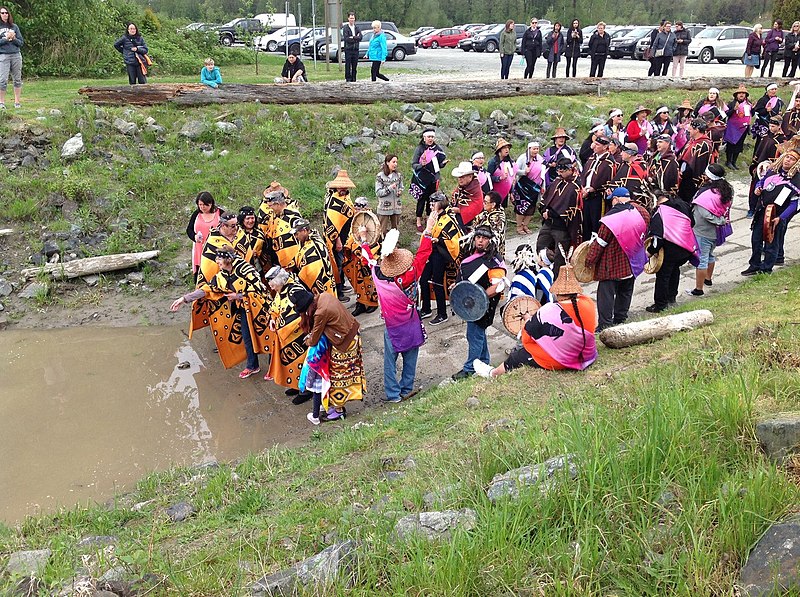6.5 Indigenous Pedagogy

When discussing pedagogy in a Canadian context, the ideas of indigenous pedagogy offer a different perspective into teaching and learning. Indigenous pedagogy is based around an oral tradition of story telling, such as the Anishinabe Story of the creation of Turtle Island (North America) as a parable for the teaching of knowledge creation.
The oral tradition of First Nations teaching offer a connectedness between the different paradigms of indigenous pedagogy. For example the learning maps connect to the historic aboriginal stories and link to the community as a path or guide towards knowledge. Ojibwa tribes offer teaching through a frame of seven grandfather teachings, those teachings include:
- Humility – Dbaadendiziwin
- Bravery – Askwa’ode’ewin
- Honesty – Gwekwaadziwin
- Wisdom – Nbwaakaawin
- Truth – Debwewin
- Respect – Mnaadendimowin
- Love – Saagidwin
Current issues within the First Nations landscape have been brought to the surface such as low proportion of college and university indigenous graduates correlating to the low number of First Nations high school graduates[18]. Bridging the gap between different forms of knowledge is to find common ground with First Nations knowledge, and Eurocentric traditions of knowledge.
The Government of Ontario have been making strides to removing barriers and incorporating indigenous knowledge through legislation of the Ontario First Nation, Metis, and Inuit (OFNMI) Education Policy Framework. This policy proposes that OFNMI students to have the knowledge and skills to be successful in elementary and secondary education to increase graduation rates and better preparedness for postsecondary study[19]. While meeting metric goals, the OFNMI policy introduces a level of public confidence, through recognizing historical implications, and embracing First Nation communities, their teachings, and their way of life through self-identification.
Bridging the Gap and Finding Common Ground
One way to bridge the gap between Aboriginal and mainstream pedagogies is to find a common ground. Many similarities can be drawn from traditional aboriginal pedagogy to common, mainstream pedagogy.
| Aboriginal Pedagogy | Mainstream Pedagogy |
|---|---|
|
|
The acceptance and use of indigenous pedagogy is found throughout public curriculum’s and postsecondary knowledge streams. We can see the different aspects of learning we use within organizations relate to more central, humanistic, and dialectic approach towards achieving goals and achieving an over-arching vision.
Activity: Old Cherokee Story.
- Read the following story of a Cherokee Elder teaching his grandson about life.
- Answer the question at the end of this section.
| “A fight is going on inside of me”. The elder said to the boy.
“It is a terrible fight and its between two wolves. One is evil, he is anger, envy, sorrow, regret, greed, arrogance, self-pity, guilt, resentment, inferiority, lies, false pride, superiority, self-doubt, and ego.” “The other is good, he is joy, peace, love, hope, serenity, humility, kindness, benevolence, empathy, generosity, truth, compassion, and faith.” “The same fight is going on inside you and inside everyone too.” The grandson then asked his grandfather, “Which wolf will win?” The old chief simply replied… “The one you feed” |

